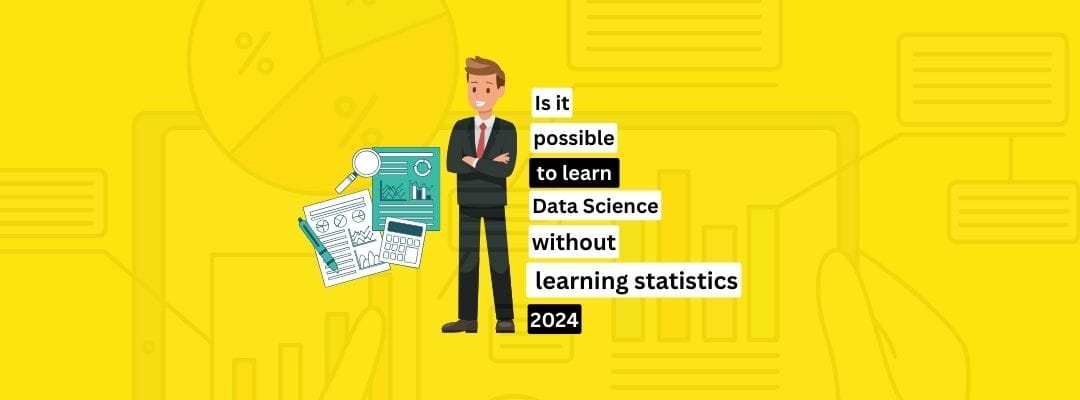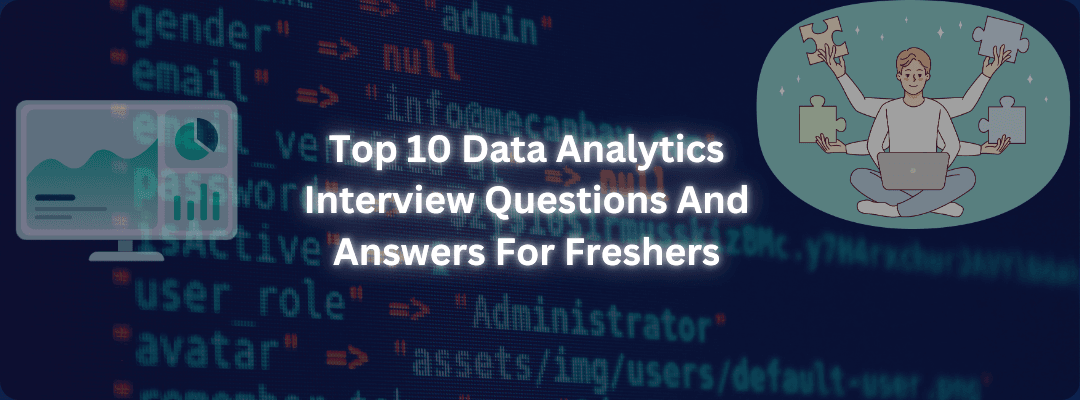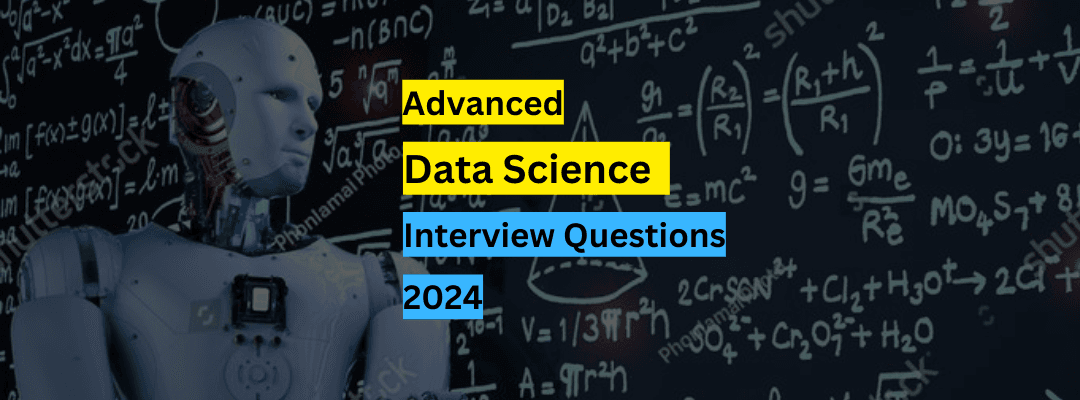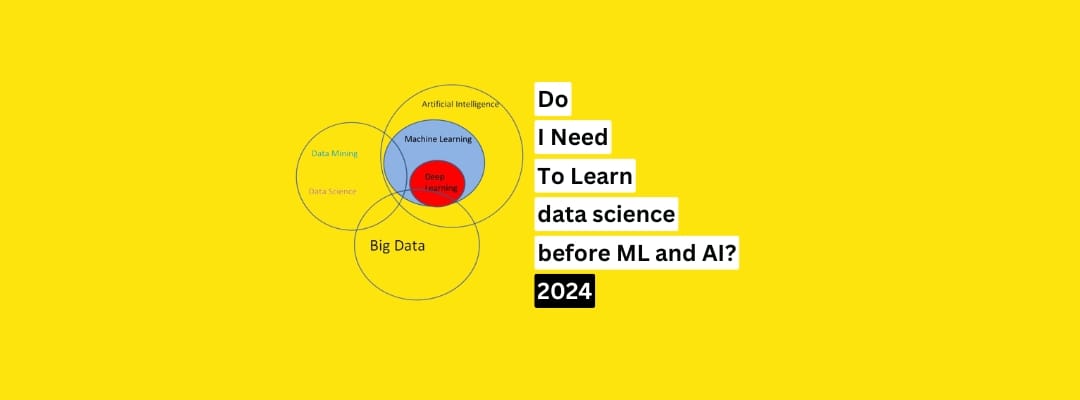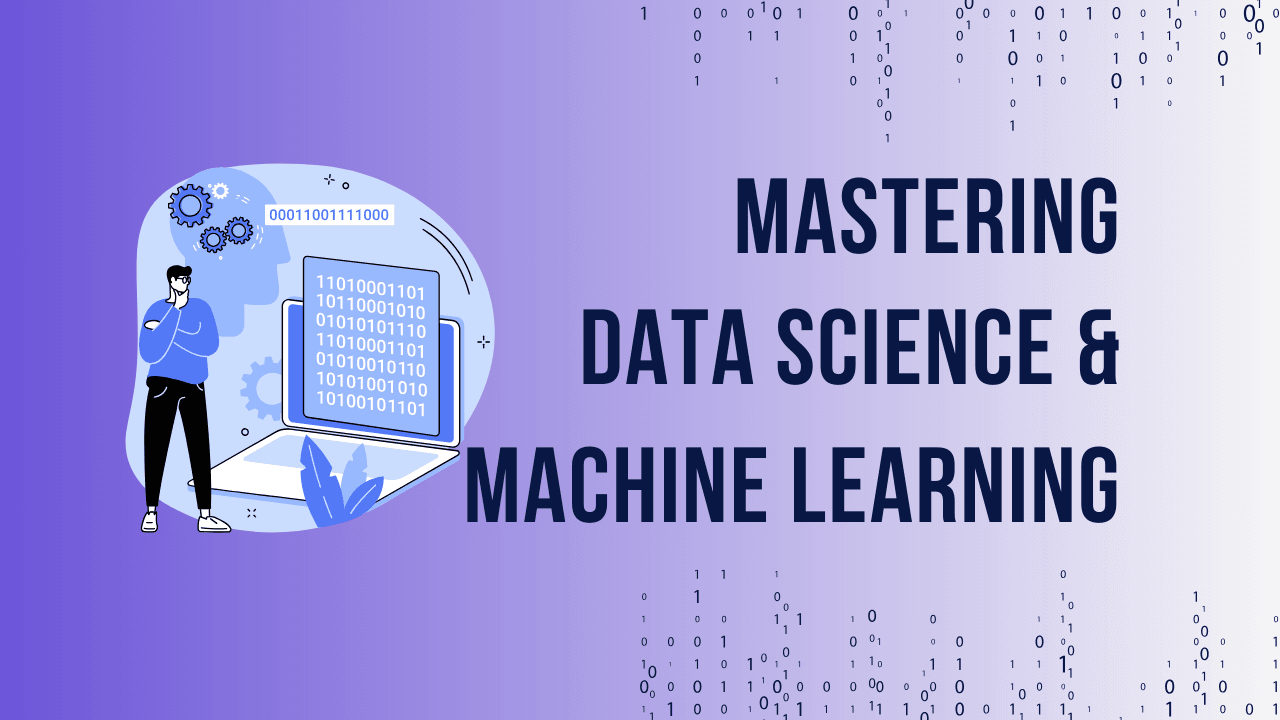Is it possible to learn data science without learning statistics October 2024?
Data science has emerged as one of the most sought-after skills in the digital age, playing a pivotal role in various industries. However, the heavy reliance on statistics often intimidates newcomers. This article explores whether it is possible to learn data science without a deep understanding of statistics and provides a roadmap for those who … Read more

